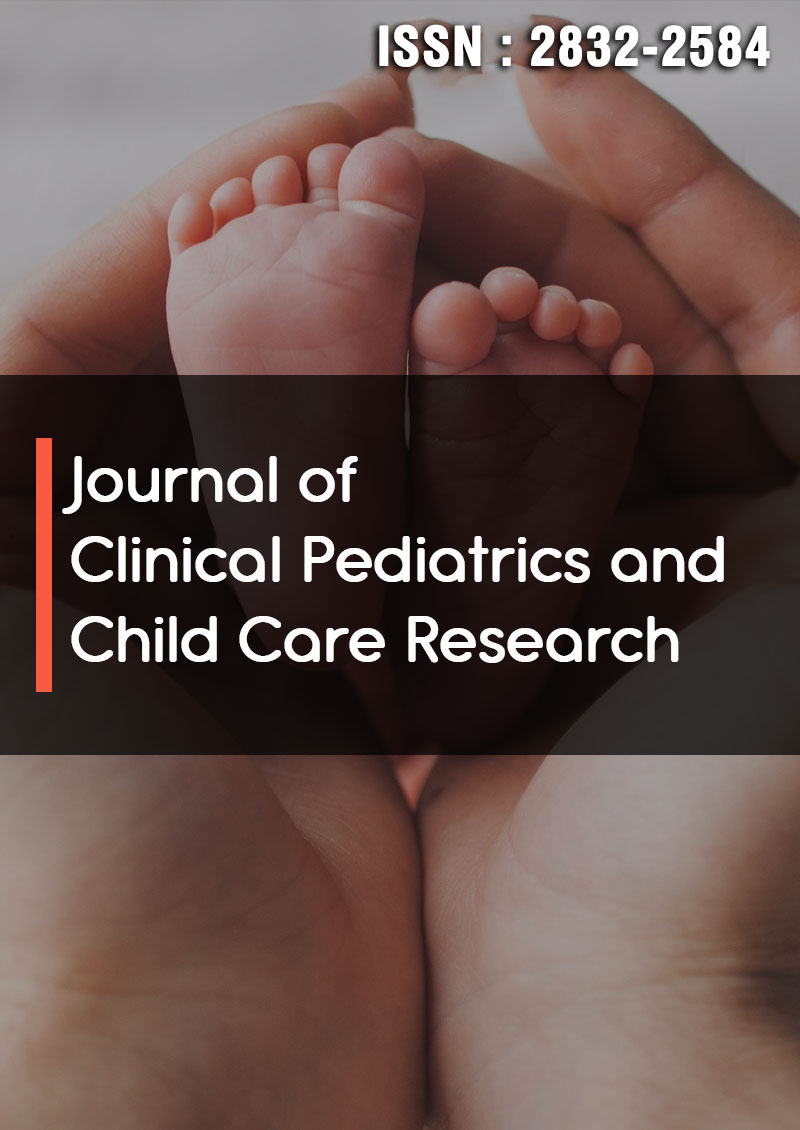Epidemiological, Clinical and Therapeutic Aspects of Neuropaediatric Emergencies in Children Aged 1 Month to 15 Years in the Paediatric Emergency Department of CHU-Gabriel Toure
Abstract
Maiga B, Diallo SH, Traore F, Sacko K, Dembele A, Traore K, Toure A, Traore B, Cisse M, Dembele F, Konare H, Diall H, Togo P, Doumbia A, Coulibaly O, Coulibaly A, Konate D, Kone A, Diakite AA and Dicko F
Introduction: Paediatric neurological emergencies are a major public health problem worldwide, in Africa and in Mali. Despite the scale and complexity of paediatric neurological emergencies, there is little data in the literature in Africa and particularly in Mali on these neurological disorders in paediatrics.
Aim: The aim of our study was to examine the epidemiological, clinical and therapeutic aspects of neuropaediatric emergencies in children aged between 1 month and 15 years in the paediatric department of the CHU-Gabriel Touré in 2021.
Patients and Methods: This was a cross-sectional study conducted over a twelve-month period (01 January to 31 January 2021) in children aged 1 month to 15 years hospitalised in the paediatric emergency department for a neurological emergency.
Results: The frequency of hospitalization was 18.35%. The age group 12 to 60 months accounted for 43.7%. The sex ratio was 1.44. Convulsion was the most frequent reason for hospitalisation (49.3%). Delayed psychomotor development was noted in 4%. Around 3% of the children had not been vaccinated. On clinical neurological examination, the signs observed were : Altered consciousness (88.3%), convulsion (61%), and axial hypotonia (29%). Focal convulsions accounted for 59%, and 45.7% were febrile. The main diagnoses were neuromalaria, hyperpyretic convulsion and meningitis (68.3%, 7% and 6.3% respectively). The death rate within the first 24 hours was 48%. The average length of hospitalisation was 5.03 +/-4.5 days, with extremes of 1 and 21 days.
Conclusion: Neuropaediatric emergencies are a major paediatric health problem. They are frequent and contribute substantially to infant and child mortality in our context.




